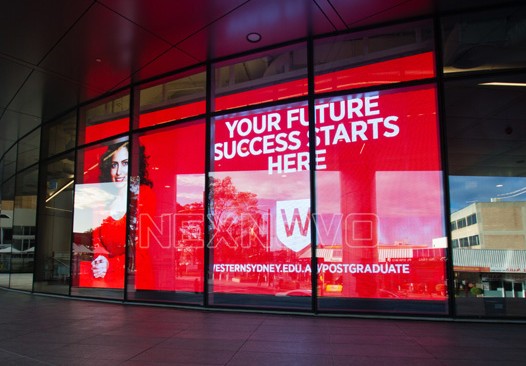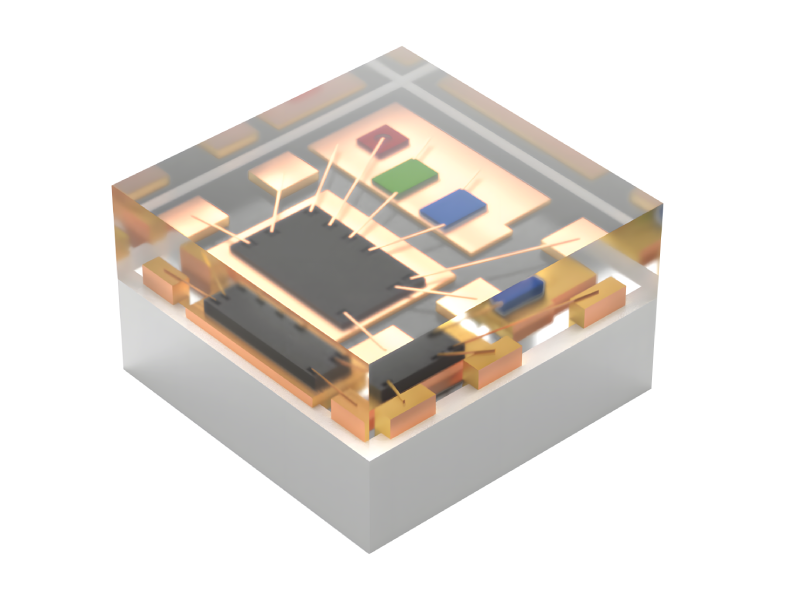In an era where digital transformation reshapes how businesses engage with audiences, window LED displays have emerged as a dynamic bridge between physical and digital realms. These innovative screens combine cutting-edge technology with creative design, transforming ordinary storefronts into captivating digital canvases. From retail stores to corporate offices, window LED displays are redefining visual communication by offering vibrant, energy-efficient, and interactive solutions. As cities grow smarter and consumer expectations evolve, these displays are not just tools for advertising—they are gateways to immersive brand experiences. This article explores the definition, types, applications, market trends, and pricing dynamics of window LED displays, providing a comprehensive guide to their transformative potential.

A window LED display is a specialized type of LED screen designed for installation in or on windows, blending seamlessly with architectural elements while delivering high-resolution content. Unlike traditional billboards, these displays are often transparent or semi-transparent, allowing natural light to pass through while showcasing dynamic visuals. They utilize surface-mounted device (SMD) LED technology, where tiny LED chips are mounted directly onto printed circuit boards (PCBs), enabling slim profiles and lightweight designs.
Transparent LED displays, a subset of window LED screens, use micro-LED or mini-LED technology to achieve high transparency rates (up to 70–80%), making them ideal for retail storefronts and smart building facades. These screens can display advertisements, real-time information, or interactive content without obstructing the view, creating a harmonious balance between aesthetics and functionality.
Window LED displays are categorized based on their design, transparency, and application environments:
Transparent LED Displays
Features: High transparency, ultra-thin panels, and energy efficiency. These screens use micro-LED technology for pixel densities as fine as P0.7–P1.5, enabling crisp visuals even in daylight.
Applications: Retail windows, museums, and smart glass installations. For example, luxury brands like Louis Vuitton use transparent displays to overlay product information on storefronts without blocking visibility.
Flexible LED Displays
Features: Bendable and curved designs, making them suitable for unconventional window shapes. These displays often employ SMD technology for lightweight and durable construction.
Applications: Curved storefronts, immersive art installations, and automotive showrooms.
Indoor vs. Outdoor Models
Indoor: Optimized for brightness levels of 800–1,500 nits, focusing on color accuracy and low power consumption.
Outdoor: Built to withstand harsh weather (IP65-rated) with brightness exceeding 5,000 nits for sunlight readability.
Key technological advancements include AI integration for personalized content delivery and 5G compatibility for real-time updates, enhancing interactivity and user engagement.
Window LED displays are versatile tools with applications spanning multiple sectors:
Retail and Advertising
Retailers leverage transparent displays to showcase promotions while maintaining window visibility. For instance, Nike uses interactive screens that react to pedestrian movements, blending ads with real-time engagement.
Digital-out-of-home (DOOH) advertising relies on window displays in high-traffic areas like airports and malls, offering targeted content based on time or audience demographics.
Smart Cities and Architecture
Transparent LED screens are integrated into building facades for energy-efficient lighting and public information dissemination. In Dubai, the “Smart Windows” project uses these displays for traffic updates and emergency alerts.
Entertainment and Hospitality
Hotels and theaters employ window displays for event promotions and immersive lobby experiences. The Sphere in Las Vegas, a landmark venue, features a 16K LED exterior that transforms into a giant digital canvas.
Corporate and Education
Offices use window displays for branding and internal communications, while universities adopt them for interactive campus maps and event schedules.

Kinglight 1515-IC LED. specifically designed for transparent LED displays
The global LED display market, valued at 16.4 billion in 2023, is projected to reach 16.4 billion in 2023, is projected to reach 31 billion by 2032, driven by a 7.3% CAGR. Window-specific displays are a rapidly growing segment, fueled by:
Sustainability: Energy-efficient LED technology aligns with global green initiatives, reducing carbon footprints by up to 40% compared to traditional lighting.
Urbanization: Smart city projects in Asia-Pacific and the Middle East prioritize LED integration for public infrastructure.
Technological Innovation: Advances in MicroLED and transparent displays are lowering costs while improving resolution. For example, Samsung’s 110-inch MicroLED TV exemplifies the shift toward high-end commercial applications.
Regionally, Asia-Pacific dominates with a 48.85% market share due to strong manufacturing hubs in China, while North America sees growth in smart retail and sports venues.
Window LED display prices vary widely based on type and technology:
Transparent Displays: 1,500 – 3,000 per square meter, driven by high manufacturing costs for micro-LED components.
Standard SMD Displays: 800 – 1,500 per square meter, favored for mid-range retail applications.
Rental Solutions: Popular for events, costing 200 – 500 daily for high-resolution panels.
Price reductions are anticipated as Mini-LED production scales—TCL’s 2025 roadmap aims to cut Mini-LED costs by 30% through improved yield rates. However, premium features like touch interactivity or 4K resolution may add 20–30% to baseline costs.
Window LED displays are more than a technological marvel—they are a testament to how innovation can merge functionality with artistry. As markets embrace smarter cities and immersive retail experiences, these displays will continue to evolve, driven by sustainability, AI, and 5G connectivity. For businesses, investing in window LED technology is not just about staying competitive; it’s about crafting unforgettable narratives in the digital age. With prices becoming more accessible and applications expanding, the future of visual communication shines brighter than ever.